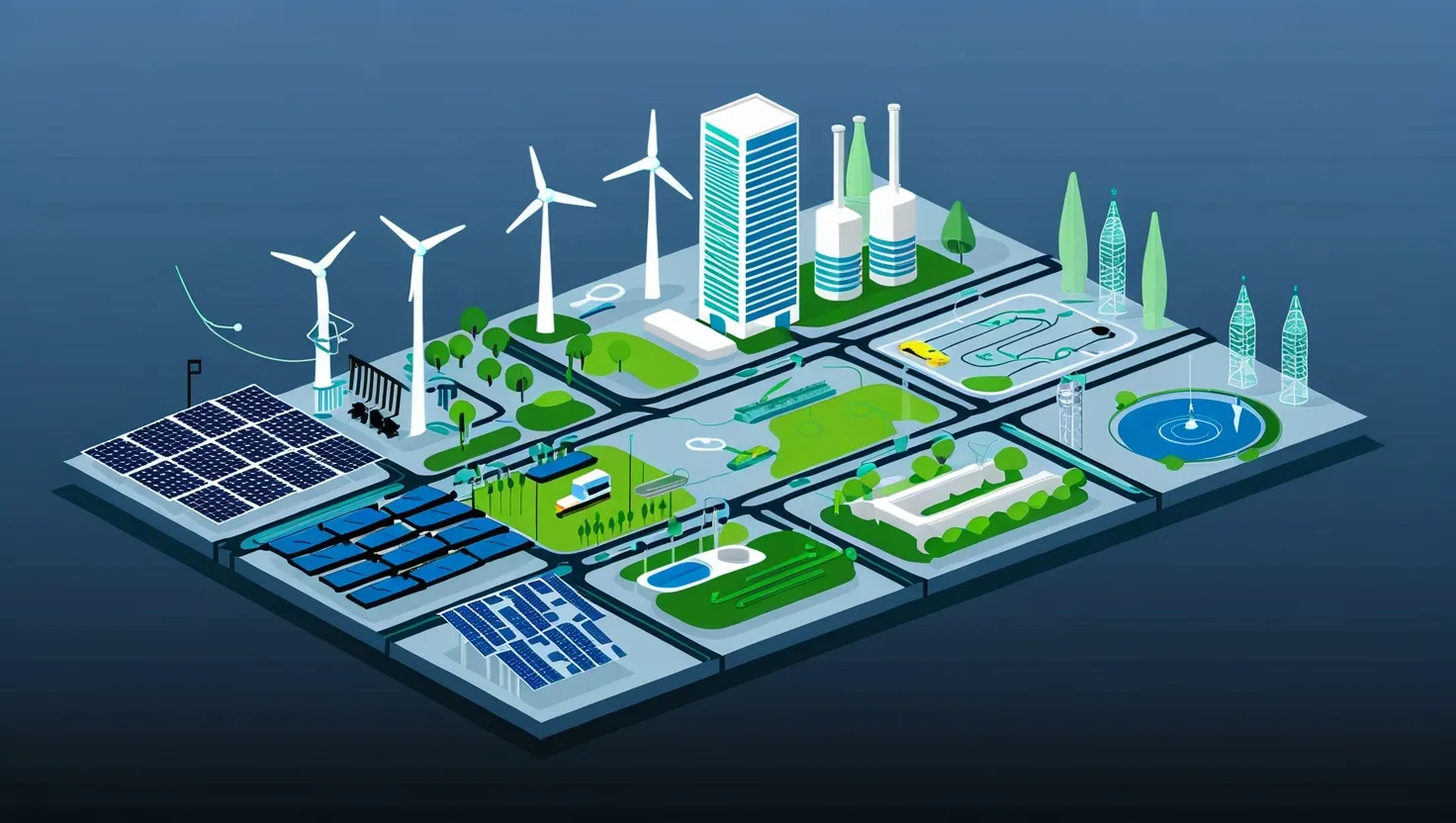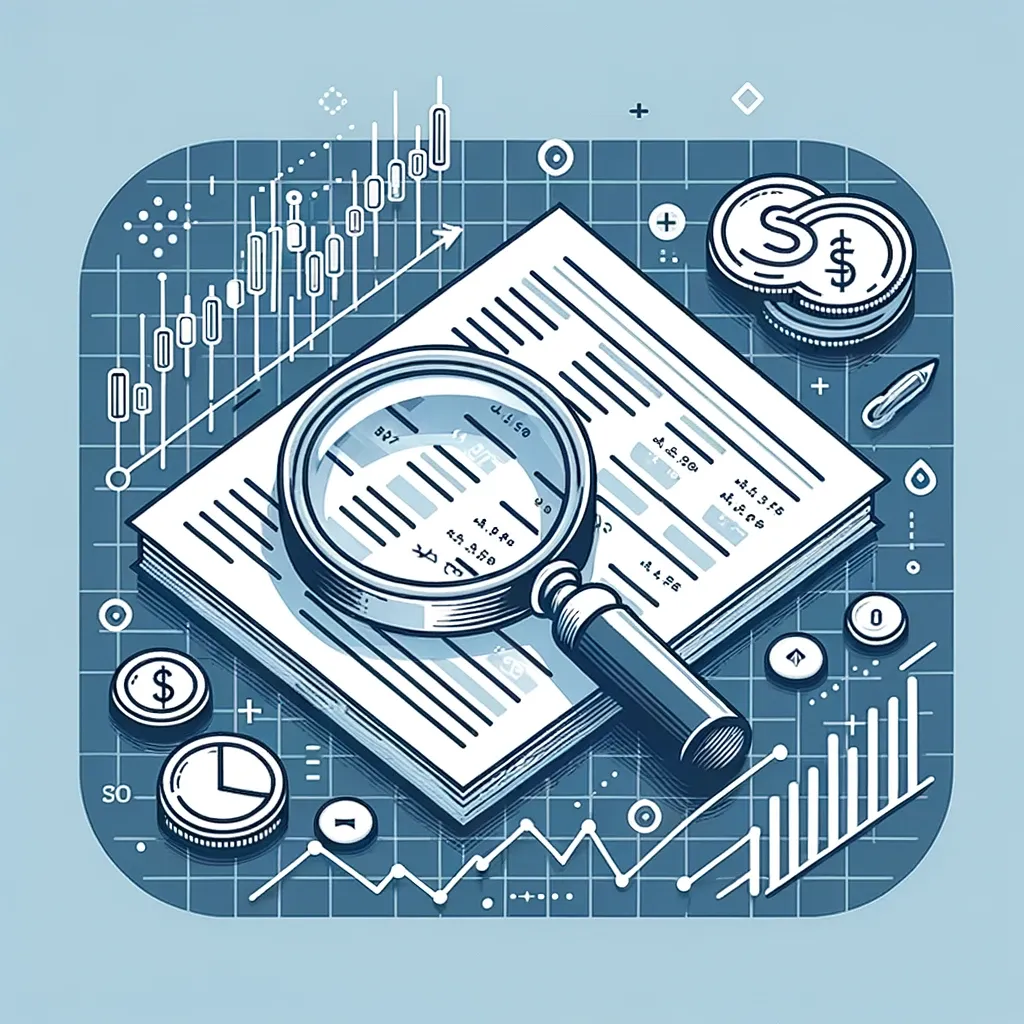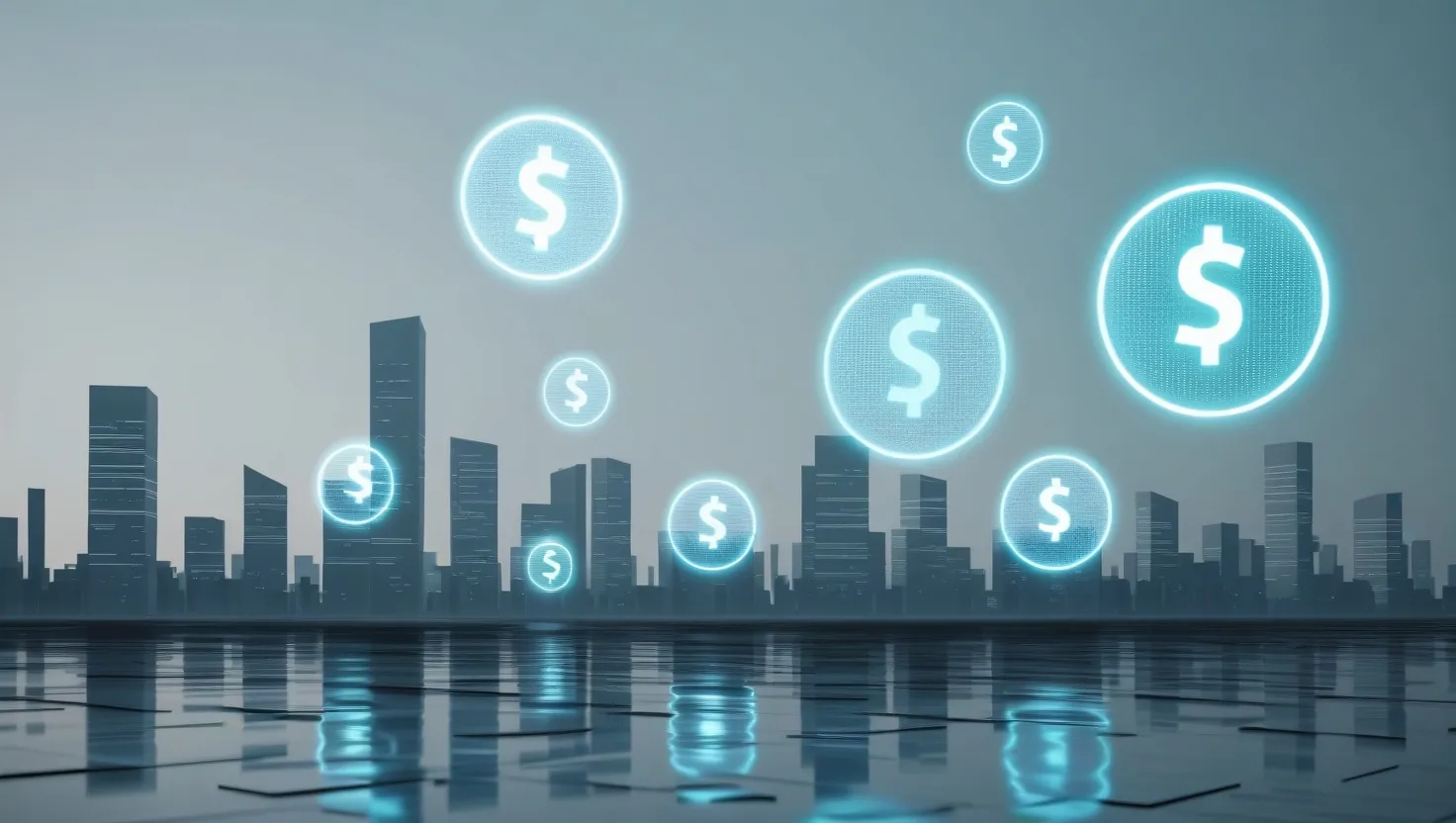Infrastructure investment has become a cornerstone of economic growth strategies worldwide. As nations grapple with aging systems, population growth, and technological advancements, the need for robust infrastructure has never been more pressing. Let’s explore five key trends that are shaping the future of infrastructure and driving economic progress.
Smart city development and urban mobility solutions are revolutionizing how we live and move in urban environments. Cities are increasingly integrating technology to improve efficiency, sustainability, and quality of life. From intelligent traffic management systems to smart grids for energy distribution, these innovations are transforming urban landscapes. In Barcelona, for instance, the implementation of smart parking sensors has reduced traffic congestion and emissions, while also generating revenue for the city. But how can smaller cities replicate such successes without breaking the bank?
The expansion of green energy infrastructure is another trend gaining momentum globally. As countries commit to reducing carbon emissions, investments in renewable energy sources like solar, wind, and hydroelectric power are surging. This shift not only addresses environmental concerns but also creates jobs and stimulates economic growth. Denmark’s offshore wind farms have not only made the country a leader in clean energy but have also fostered a thriving industry of wind turbine manufacturers and service providers. What lessons can other nations learn from Denmark’s success in this sector?
“The nation that leads the clean energy economy will be the nation that leads the global economy.” - Barack Obama
Digital infrastructure and data center investments are becoming increasingly critical in our interconnected world. The rapid growth of cloud computing, artificial intelligence, and the Internet of Things has spurred massive investments in fiber-optic networks and data centers. These investments are not only creating jobs in construction and IT but are also enabling new business models and improving productivity across sectors. Estonia’s digital transformation, which has made it one of the most advanced digital societies in the world, offers a compelling case study. How can other countries replicate Estonia’s success in building a digital-first economy?
Transport corridor modernization projects are reshaping global trade routes and regional economies. From China’s Belt and Road Initiative to the European Union’s Trans-European Transport Network, these projects are improving connectivity and reducing transportation costs. The Panama Canal expansion, completed in 2016, has had far-reaching effects on global shipping patterns and port development in the Americas. But with such massive projects come significant challenges. How can countries balance the economic benefits of these projects with environmental and social concerns?
Water management and sustainability systems are becoming increasingly important as climate change exacerbates water scarcity in many regions. Investments in water infrastructure, from desalination plants to smart water metering systems, are not only addressing critical needs but also creating new industries. Singapore’s journey to water self-sufficiency through innovative technologies and policies is a prime example of how water infrastructure can drive economic growth and resilience. What strategies can water-stressed regions adopt to turn this challenge into an opportunity for innovation and growth?
“We forget that the water cycle and the life cycle are one.” - Jacques Cousteau
The economic impact of these infrastructure investments is multifaceted. In the short term, they create jobs and stimulate demand in construction and related industries. In the long term, they enhance productivity, reduce costs, and create new economic opportunities. For instance, studies have shown that every dollar invested in infrastructure can generate up to three dollars in economic growth over the long term.
Public-private partnerships (PPPs) have emerged as a crucial mechanism for funding these ambitious projects. By leveraging private sector expertise and capital, governments can accelerate infrastructure development and share risks. The success of PPPs in countries like Australia and Canada offers valuable lessons for other nations. However, structuring these partnerships to ensure public benefit while providing attractive returns for private investors remains a challenge. How can policymakers strike the right balance?
The return on investment for infrastructure projects can be substantial, but it often takes years to materialize fully. This long-term perspective can be at odds with political cycles and short-term economic pressures. Nonetheless, countries that have maintained consistent investment in infrastructure, such as South Korea and Singapore, have reaped significant economic benefits. How can other nations cultivate the political will and public support for sustained infrastructure investment?
Technology integration is a key factor in maximizing the impact of infrastructure investments. From Building Information Modeling (BIM) in construction to predictive maintenance systems for railways, technology is improving efficiency and reducing lifecycle costs. The challenge lies in keeping pace with rapid technological change and ensuring interoperability across systems. How can infrastructure planners future-proof their investments in this fast-evolving landscape?
Sustainability requirements are increasingly shaping infrastructure projects. From green building standards to renewable energy mandates, these requirements are driving innovation and creating new markets. The Netherlands’ innovative approach to flood control, which combines traditional dikes with nature-based solutions, exemplifies how sustainability can be integrated into infrastructure design. But how can countries balance immediate needs with long-term sustainability goals?
“The best time to plant a tree was 20 years ago. The second best time is now.” - Chinese Proverb
This proverb aptly applies to infrastructure investment. While the costs may seem daunting in the short term, the long-term benefits to economic growth, quality of life, and environmental sustainability are immense. As we look to the future, it’s clear that infrastructure investment will continue to play a crucial role in shaping our economies and societies.
The investment opportunities in infrastructure are vast and diverse. From green bonds financing renewable energy projects to tech startups developing smart city solutions, there are myriad ways for investors to participate in this sector. However, with opportunity comes risk. Political instability, regulatory changes, and technological disruptions can all impact the success of infrastructure projects. How can investors navigate these risks while capitalizing on the sector’s potential?
Risk assessment strategies have evolved to meet the complex challenges of modern infrastructure projects. Advanced modeling techniques, scenario planning, and real-time monitoring systems are helping investors and project managers mitigate risks. Yet, as recent events have shown, even the most sophisticated risk assessment tools can fall short in the face of unprecedented global disruptions. How can the infrastructure sector build greater resilience into its planning and execution processes?
As we reflect on these trends and challenges, it’s clear that infrastructure investment is not just about building roads, bridges, and power plants. It’s about laying the foundation for future economic growth, improving quality of life, and addressing pressing global challenges like climate change and urbanization. The countries and companies that lead in this space will likely find themselves at the forefront of the global economy in the coming decades.
What role will you play in shaping the future of infrastructure? Whether you’re a policymaker, investor, engineer, or citizen, your decisions and actions can contribute to building a more sustainable, efficient, and prosperous world. The infrastructure choices we make today will echo through generations. Let’s ensure they’re choices we can be proud of.






